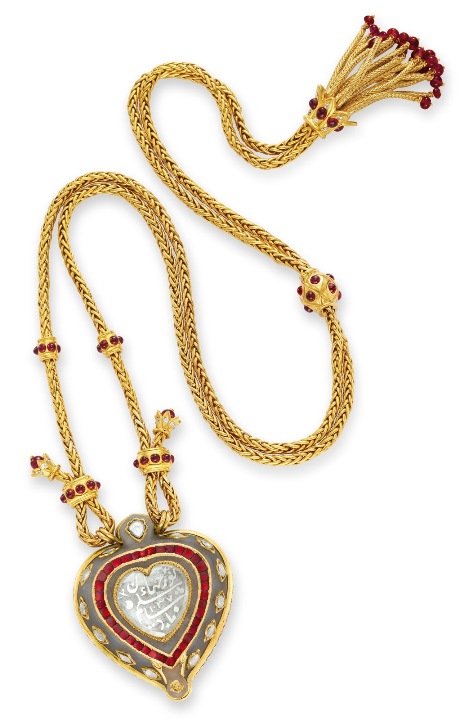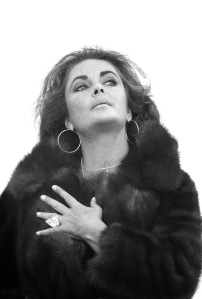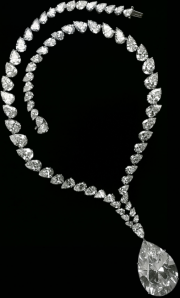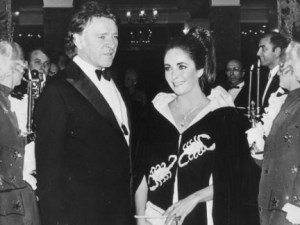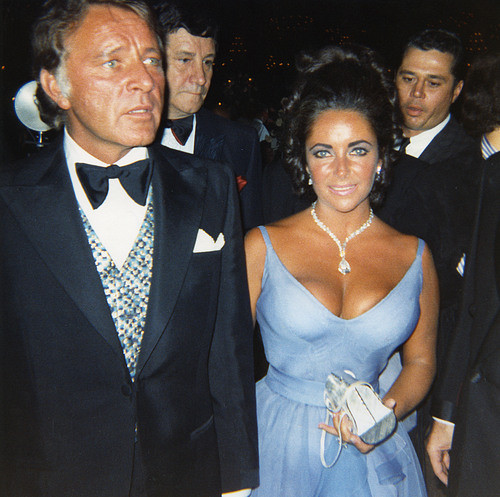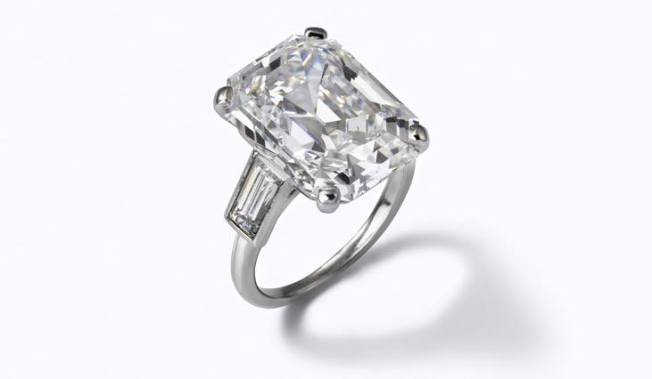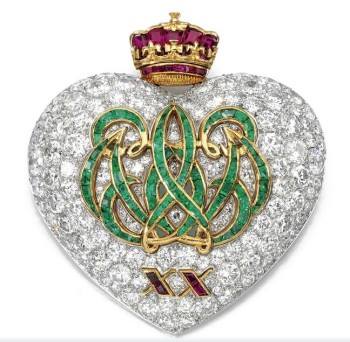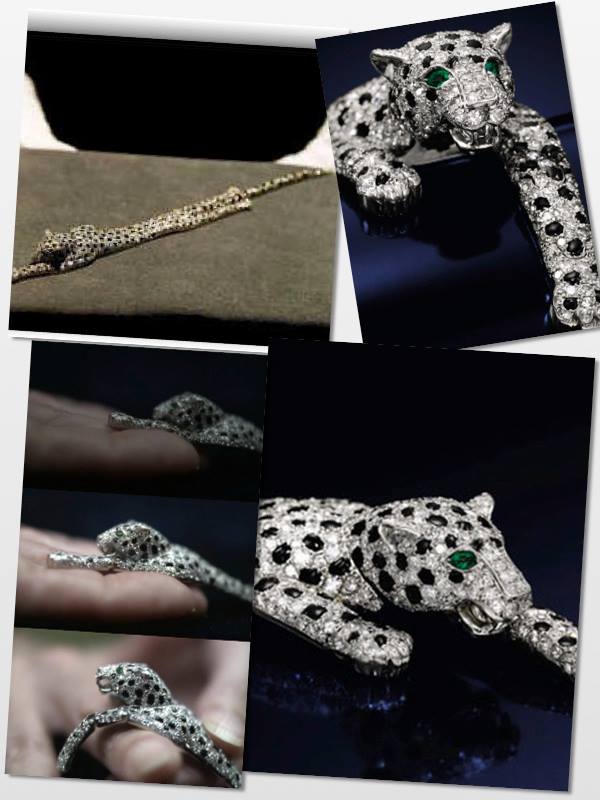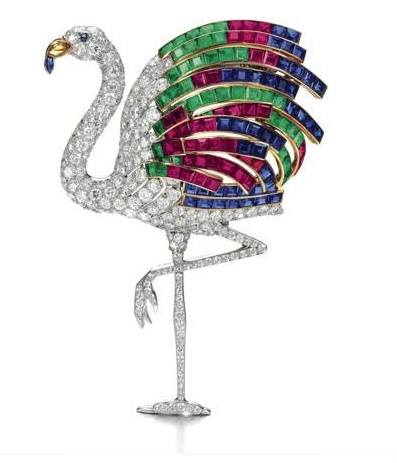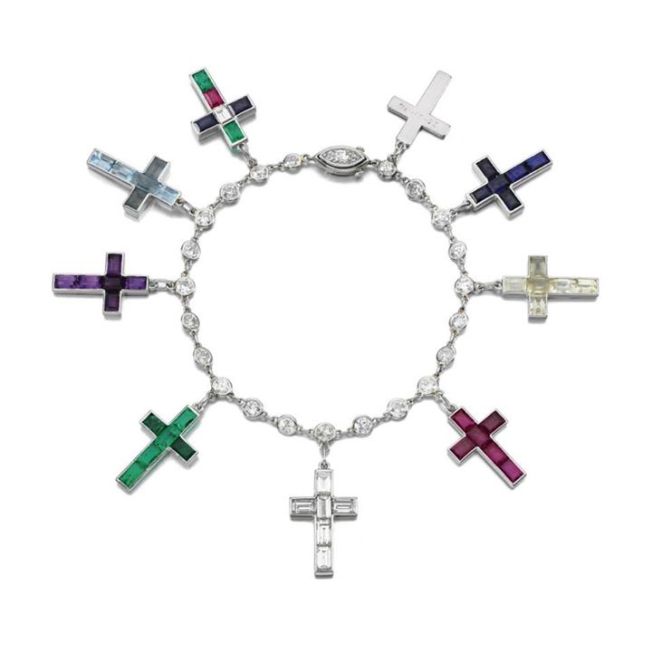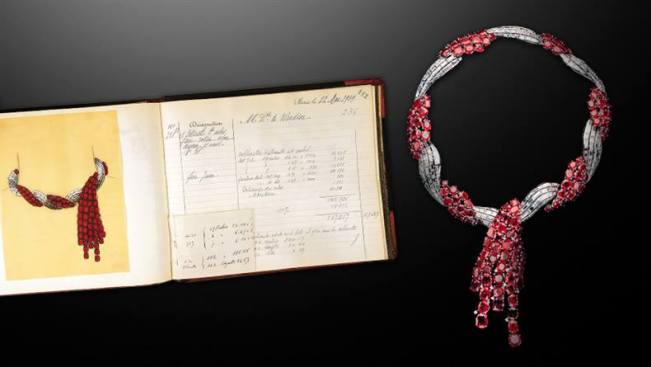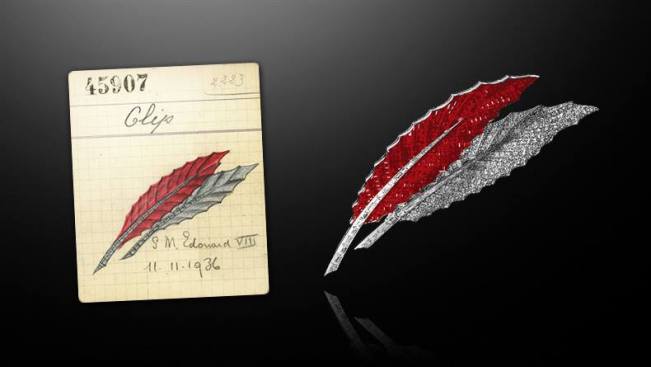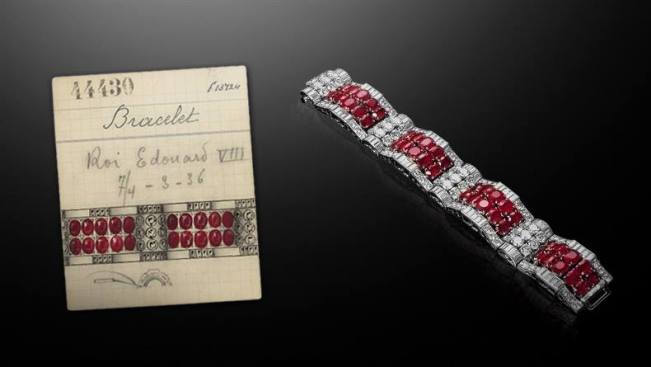Emperor Shah Jahangir, who ruled India from 1605 to 1627, commissioned the artisans of the Mughal court to design this beautiful diamond and jade pendant with an inscription “Nur Jahan, Begum Padshah; 23; 1037.” Literally, this read as Nur Jahan, Lady of the Padshah; 23; 1037.
Nur Jahan refers to Shah Jahangir’s most powerful, influential and favorite wife. 23 refers to the year of Shah Jahangir’s ruling. And the entry 1037 is the year the pendant was made in the Islamic calendar, which is equivalent to 1627/1628 A.D. The inscription in Persian means “Love is everlasting,” and this pendant was meant to be a token of his love for his wife.
It was believed at some point Shah Jahangir gave the jewel to his son, Mughal Emperor Shah Jahan “King of the World,” who presented the diamond also to his favorite and most beloved wife, Mumtaz-I-Mahal. When she died, Shah Jahan had Taj Mahal built in memory of his beloved wife. Just as much as Taj Mahal was a symbol of his undying love for this wife, the pendant was also believed to be a memento of the Emperor’s eternal love for her. This is why the Nur Janan pendant was also later known as the Taj Mahal diamond and jade pendant.
Image credit: Christie’s
The Taj Mahal diamond is a heart-shaped, table-cut, flat diamond. Technically known as Lasque, this is an ancient Indian cut where in the case for the Taj Mahal diamond, only the upper surface was polished. In other lasque such as portrait diamonds used in miniature portraits, both the upper and lower surfaces are polished. The Taj Mahal diamond is probably a Type IIa colorless diamond, graded with a color between D to F. Other quality factors like clarity and weight are not known because of the inscription and the mounting.
The heart-shaped table-cut Taj Mahal was mounted on a grey-colored thick jadeite with enameled-gold backing of latticework motif. Surrounding the Taj Mahal diamond is a row of simple rectangular table-cut red spinels (balas rubies) in bezel setting. Outside the red perimeter are 6 rhombodial table-cut diamonds set in gold bezel. In 1972, Cartier suspended the pendant with a gold and ruby neck chain styled like the original silk chord.
The inspiring love story behind the Taj Mahal diamond continued in 1972 for a different couple when Richard Burton gave this gold and ruby chain to Elizabeth Taylor on her 40th birthday. Reportedly, he bought the Taj Mahal diamond for £350,000. Jokingly, Richard would have liked to buy the Taj Mahal for Elizabeth, “but it would cost too much to transport it.” The Taj Mahal diamond was later sold for $8.8 million, about 20 times its estimated worth between $300,000 and $500,000.
